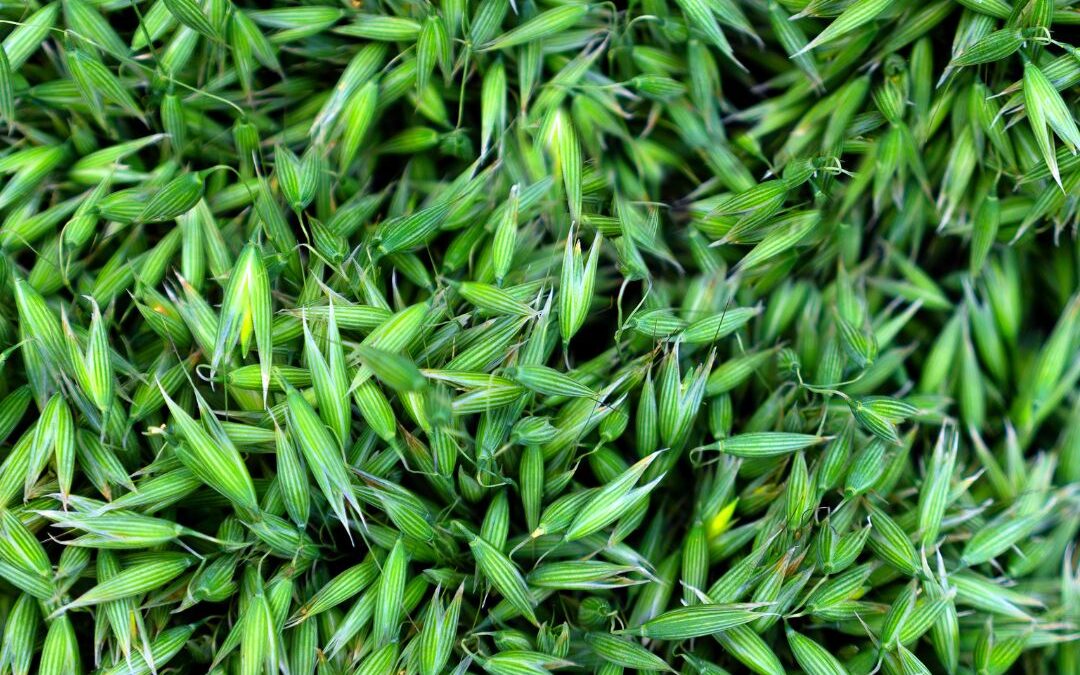If you’re feeling strung out, worn out, frazzled or simply unable to make yet another decision. Look no further than our herbal ally Avena Sativa or Green Oat. I can feel myself relaxing just talking to you about Avena sativa. Traditional texts describe oat as the herb for nervous exhaustion and as a tonic for the heart.
a restorative nervine
It’s best known as a restorative nervine, but the research is discovering many so-called modern-day uses for green oat as well.

Avena sativa is often my go-to when I have clients in the clinic who are asking for herbs to give them an energy boost, when we reach this stage, it’s rest and stabilisation of the nervous system that’s needed so that we have the reserves of energy necessary to begin again.
At this stage, we tend to be over reliant on adrenal-fueled energy, something which, when severely depleted, causes us to struggle with the simplest of tasks, such as getting out of bed in the morning. A nervine is a herb that supports the nervous system, usually in terms of calming and nourishing the system, but it can also be used to invigorate.
Three types of nervine
In herbal medicine, we use three types of nervine, one that is relaxing, one that is stimulating and one that tones or is referred to as a nervine tonic. The challenge with stimulating nervines is that they fuel the nervous system for a short period of time, but they don’t actually give back to the system, and this can lead to burnout if it’s solely relied on to get you going.
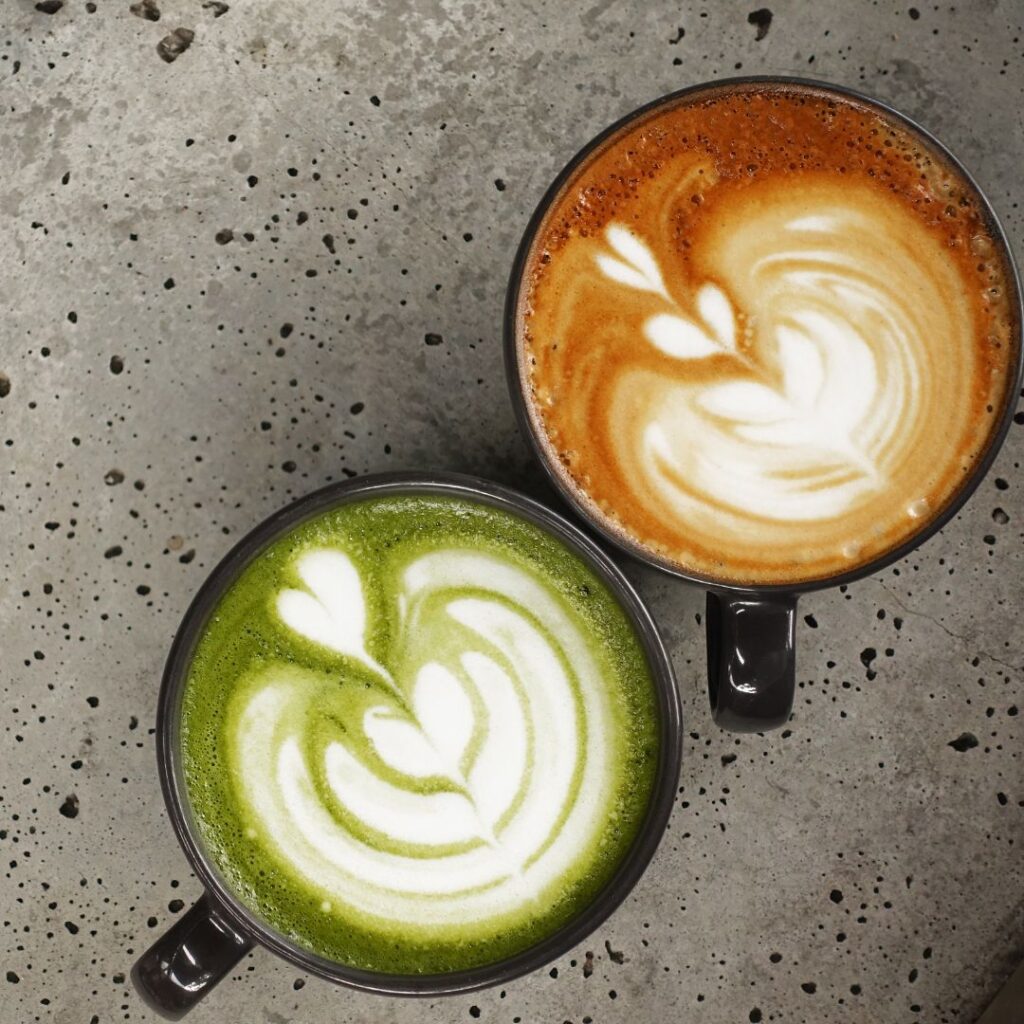
Coffee and green or black tea are nervine stimulants, so while we’re familiar with that wonderful coffee boost, tea is also stimulating, although it’s often less noticeable.
Your relaxing nervines include hops, lavender, chamomile and lemon balm. Green oat is a nervine tonic or a nervine trophorestorative and other herbs in this category include St John’s wort, Gotu Kola, and one of my favourites, Borage. Trophorestoratives have an affinity for a particular organ. They nourish and restore it, so in the case of green oat, it’s a nervine trophorestorative.
it is a neutraceutical
Nutrition-based research is referring to green oat as a nutraceutical and this is mainly due to its abundance of soluble fibre, protein, minerals, vitamins and lipids. So it’s not just an amazing herb, but it’s a potent food as well. Green oats, like rose, is the herb of emotions.

It can lift a low mood, it can support anxiety, and it can provide a sense of calm. Emerging research is also reporting its actions in relation to improving short-term cognitive performance as well.
So, if you have a demanding task coming up, providing you don’t have a sensitivity to gluten, starting your day with some porridge can make a real difference in getting things done, and for those with high cholesterol, the soluble fibre in green oats can significantly lower serum total cholesterol and low-density lipoprotein cholesterol levels.
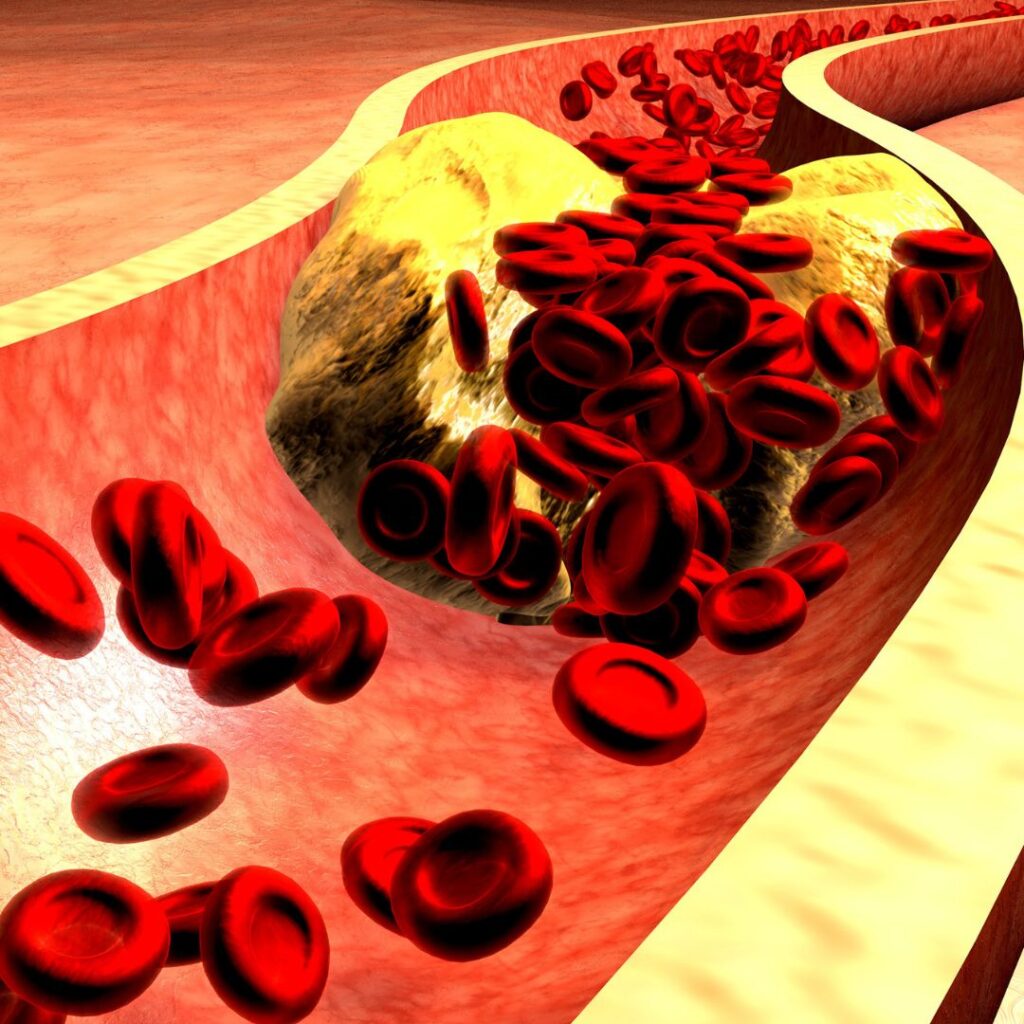
It doesn’t seem to affect the triglycerides and high-density lipoprotein concentrations. It’s the low density or LDL cholesterol that can collect in your blood vessel walls and increase the risk of a cardiovascular event, but the ratio of LDL to HDL cholesterol is also an important metric.
Check out episode 51 of our project joyful podcast on health metrics that matter for more information on measuring cholesterol as well as reducing cholesterol, the beta-glucans in oat soluble fibre have also been shown to lower blood pressure and postprandial glucose concentrations.
So, this one is an important herb if you’re managing diabetes through your diet or you’re prediabetic or insulin resistant, or if you have metabolic syndrome. Metabolic syndrome is a cluster of symptoms which together can increase your risk of a cardiovascular event or diabetes. So, the four symptoms most commonly associated with metabolic syndrome are high blood pressure, high blood sugar, excess body fat around your waist and abnormal cholesterol or triglyceride levels.
topical applications
Green oat has been used as a topical skin treatment for centuries. A preparation known as colloidal oatmeal has been used to treat skin rashes, reddened skin, burns, itching, contact and atopic dermatitis, otherwise known as eczema. Colloidal oatmeal is ground oat kernels that are blended into a really fine powder, which easily dissolves in water.
The word colloidal refers to one substance being evenly suspended in another. Researchers have demonstrated that the treatment is anti-inflammatory and that it improves the integrity of the skin cell barrier by tightening cell junctions and by regulating lipids found in the skin.
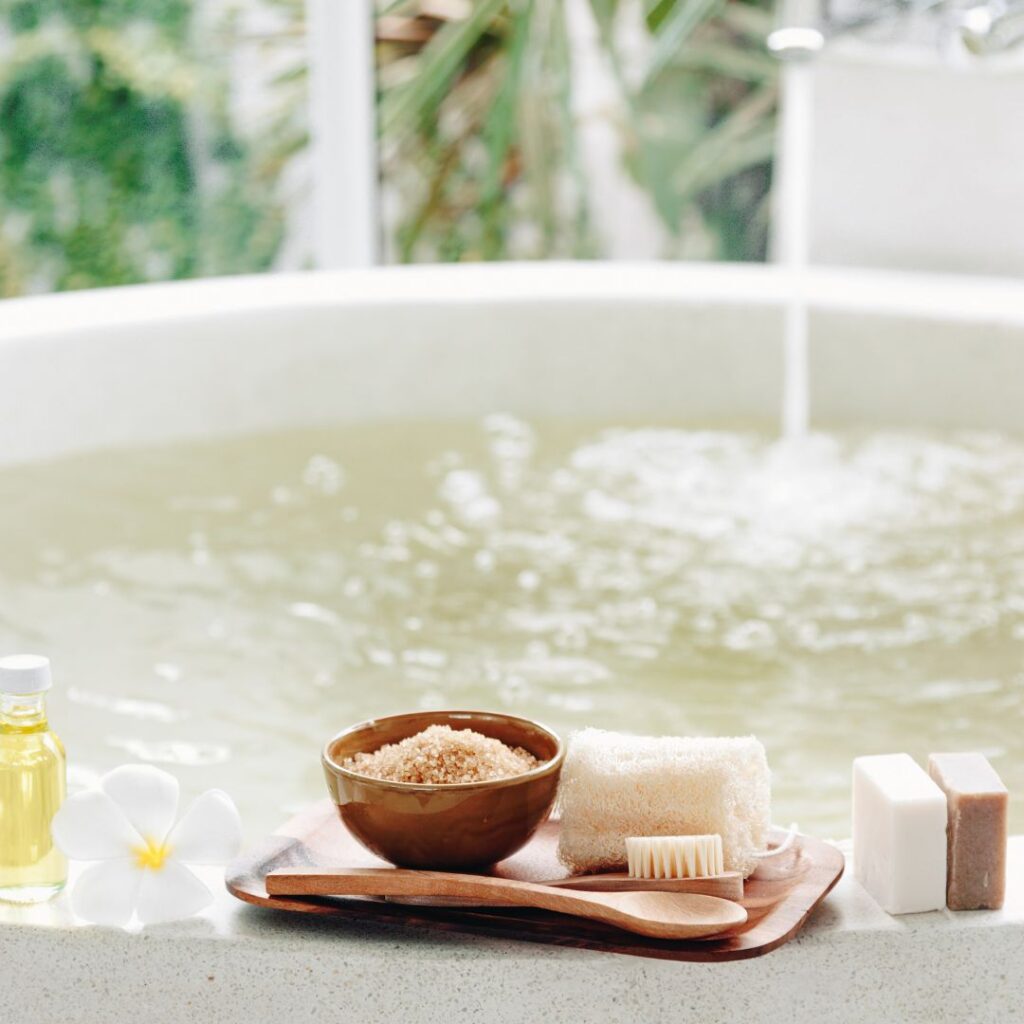
Try adding finely ground oats to your bathwater, and for additional soothing support, add some Linden flowers as well. Linden flower or lime flower as it’s also commonly known. Its botanical name is tilia cordata.
I love these as a herbal bath bag with a touch of lavender essential oil. It’s so relaxing and so nice on your skin. So, how best to take your oats? If you wanted to take the oats primarily to support your skin, a good oat soak in the bath is best.
Otherwise, enjoy it as your porridge, your bircher muesli or in your smoothie, and if you’re wanting to enjoy it as a restorative or calming herb, I would recommend a soothing Avena Sativa tea, just add the aerial part, so not the rolled oats that you buy in the supermarket, to a cup that has a lid on it or in the teapot.
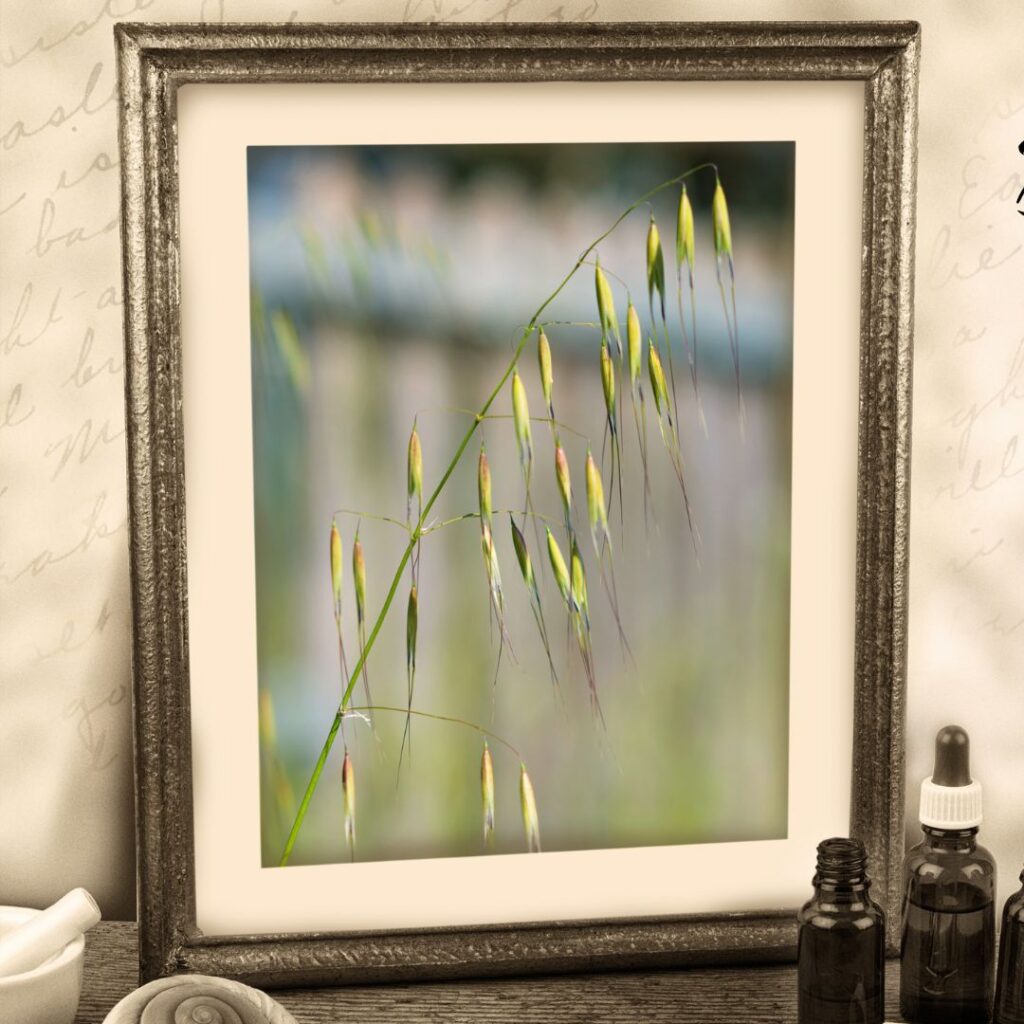
Cover with just boiled water and steep it for five minutes. Green oats can also be taken as a tincture, which is where the aerial parts of the green oat have been macerated in a combination of alcohol and water. I think nothing beats the gentle inhale of a cup of green oat tea.
Your soul will settle, your body will relax and your senses will quieten.

